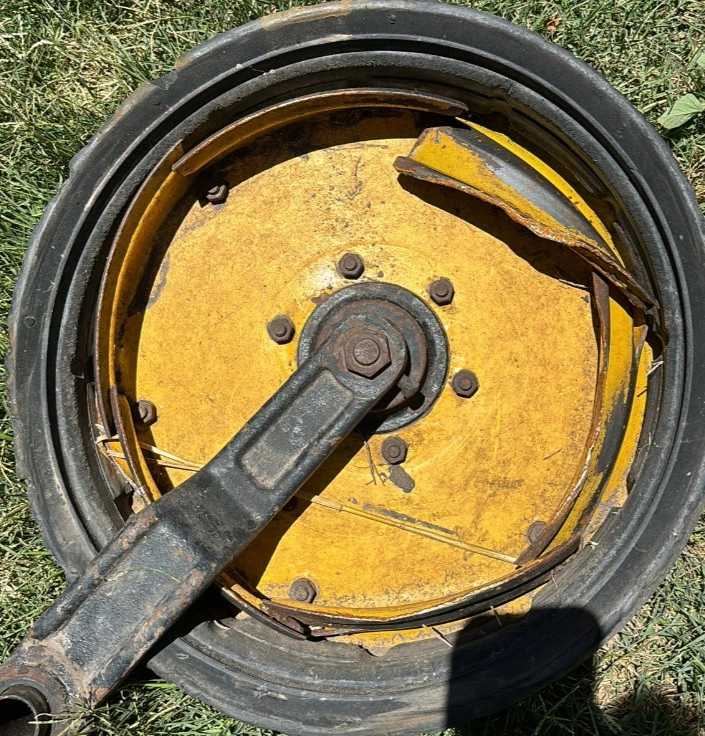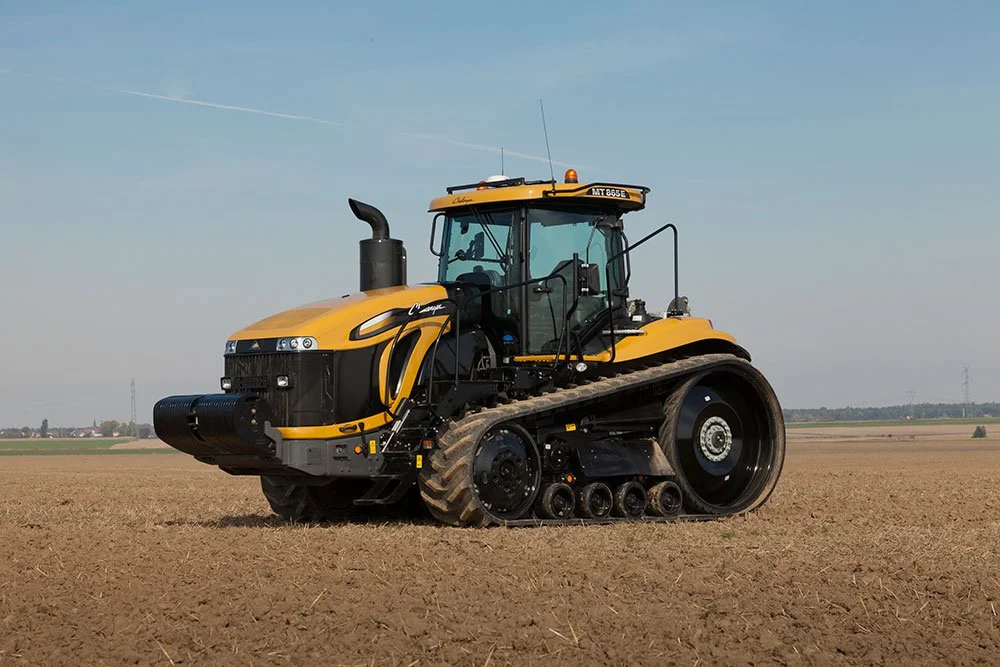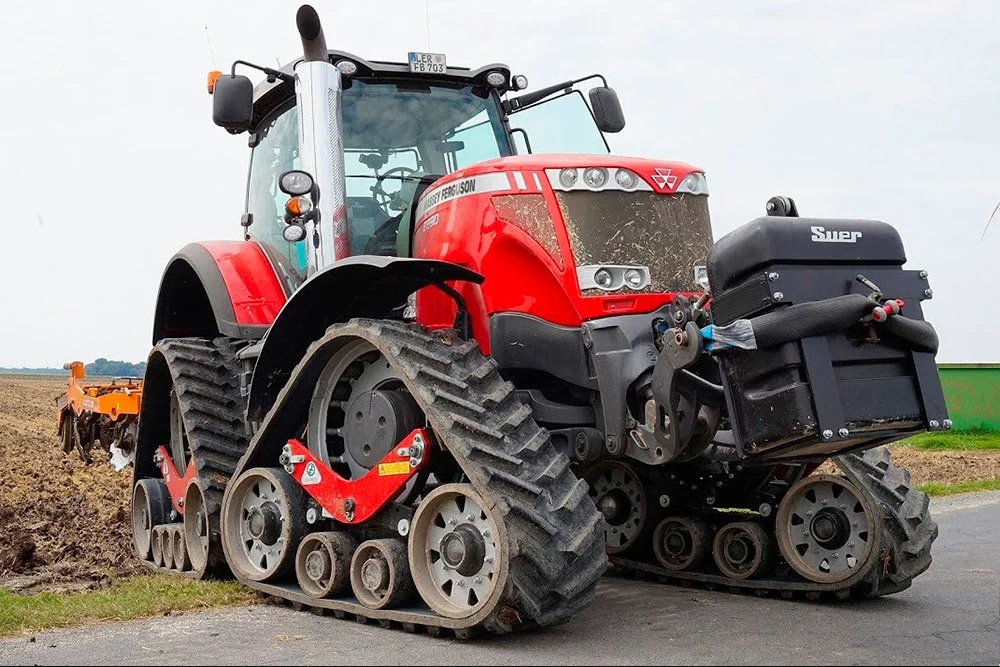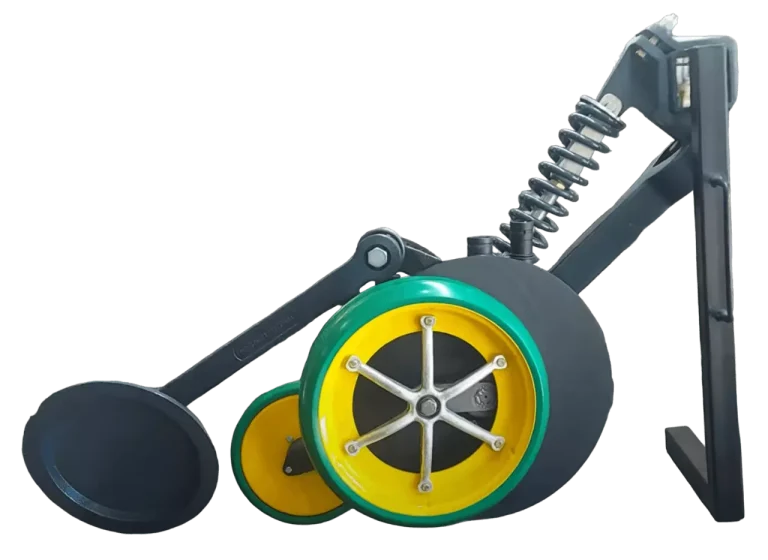Precision and Uniformity in Sowing
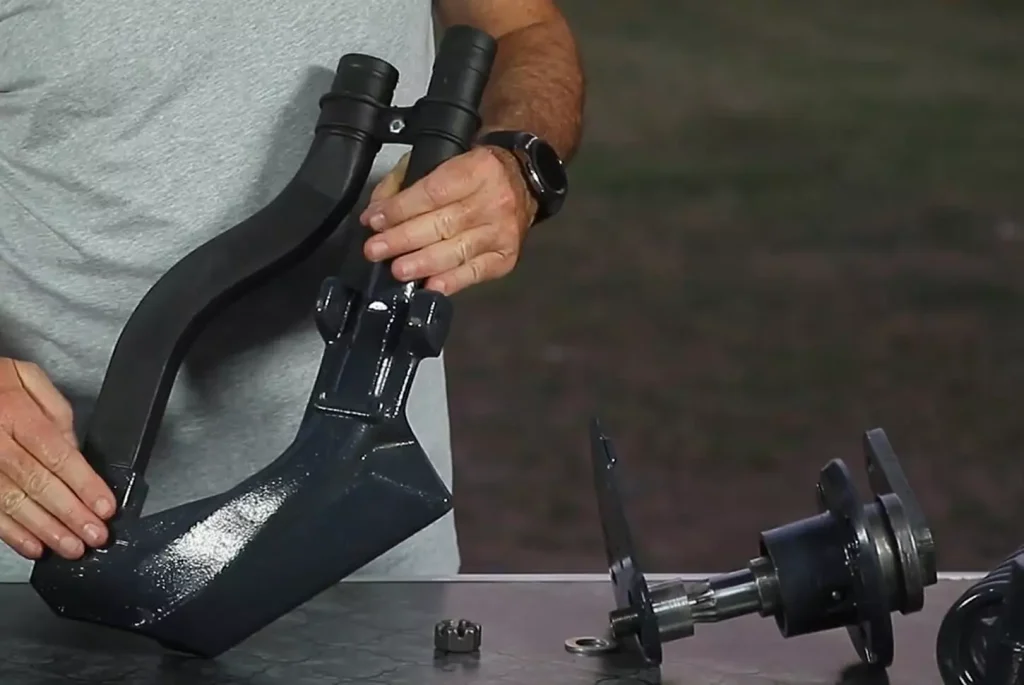
Agriculture has undergone a constant evolution throughout history, driven by the search for more efficient and sustainable methods to maximize food production. In this context, single-disc seeding has been highlighted as an innovative and highly beneficial technique for farmers. In this article, we will explore in detail the various benefits offered by single disc planting and how it has revolutionized the agricultural sector.
One of the main advantages of single-disc seeding is its ability to ensure accurate and uniform distribution of seeds on the ground. Through its specialized design, the single-disc opener ensures that each seed is placed at an optimal depth and with the appropriate spacing, avoiding overlap or lack of sowing. This precision in planting is crucial for the homogeneous establishment of crops and, ultimately, for obtaining more consistent yields.
Efficiency and Time Saving
Single-disc seeding has proven to be highly efficient compared to traditional methods. Its compact design and ability to work at higher speeds make it possible to cover large land areas in less time. This not only speeds up the planting process, but also reduces the time spent on agricultural tasks, which translates into increased productivity for farmers.
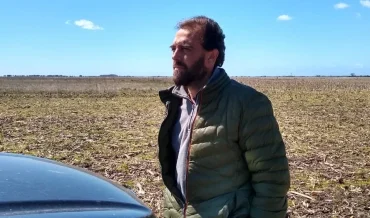
Saving Seeds and Costs
Another significant benefit of single-disc seeding is its ability to save seeds and reduce production costs. Thanks to its precision in the distribution of seeds, the waste and overuse of this vital resource are avoided. In addition, by optimizing the amount of seeds used, farmers can obtain higher yields with a lower investment in agricultural inputs, which improves their profitability and economic sustainability.

Adaptability to Different Crops
Single-disc openers are highly adaptable to a wide variety of crops. Whether it’s small grains like wheat, barley, or rye, pastures like clovers and alfalfa, or larger crops like trickle soybeans, single disc seeding can be adjusted to sow different sizes and types of seeds. This versatility gives farmers the flexibility to perform crop rotations and diversify their productions, which is beneficial for the soil and the long-term success of their farms.
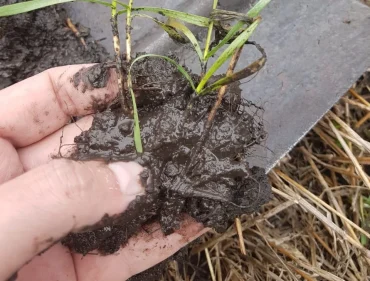
Reduction of Soil Erosion and Improvement of Fertility
Single-disc planting contributes to soil conservation and the prevention of erosion. By making planting more precise and uniform, the need to plow large areas of land is minimized, which decreases the risk of soil loss due to water runoff. In addition, by keeping the residues of previous crops in the soil, the fertility and structure of the soil are improved, favoring the healthy growth of plants.

Conclusion
In summary, single-disc seeding represents a significant evolution in modern agriculture. Its benefits in terms of precision and uniformity in planting, efficiency and time savings, cost reduction and seed consumption, adaptability to different crops and contribution to soil conservation make it a highly recommended technique for farmers looking to optimize their operations and promote sustainability in the field.
Single-disc seeding has proven its worth as a powerful tool in the search for more efficient and environmentally friendly agriculture. With its continuous development and innovation, this technique is expected to continue to transform the agricultural landscape and provide increasingly effective solutions to feed a growing world population.



